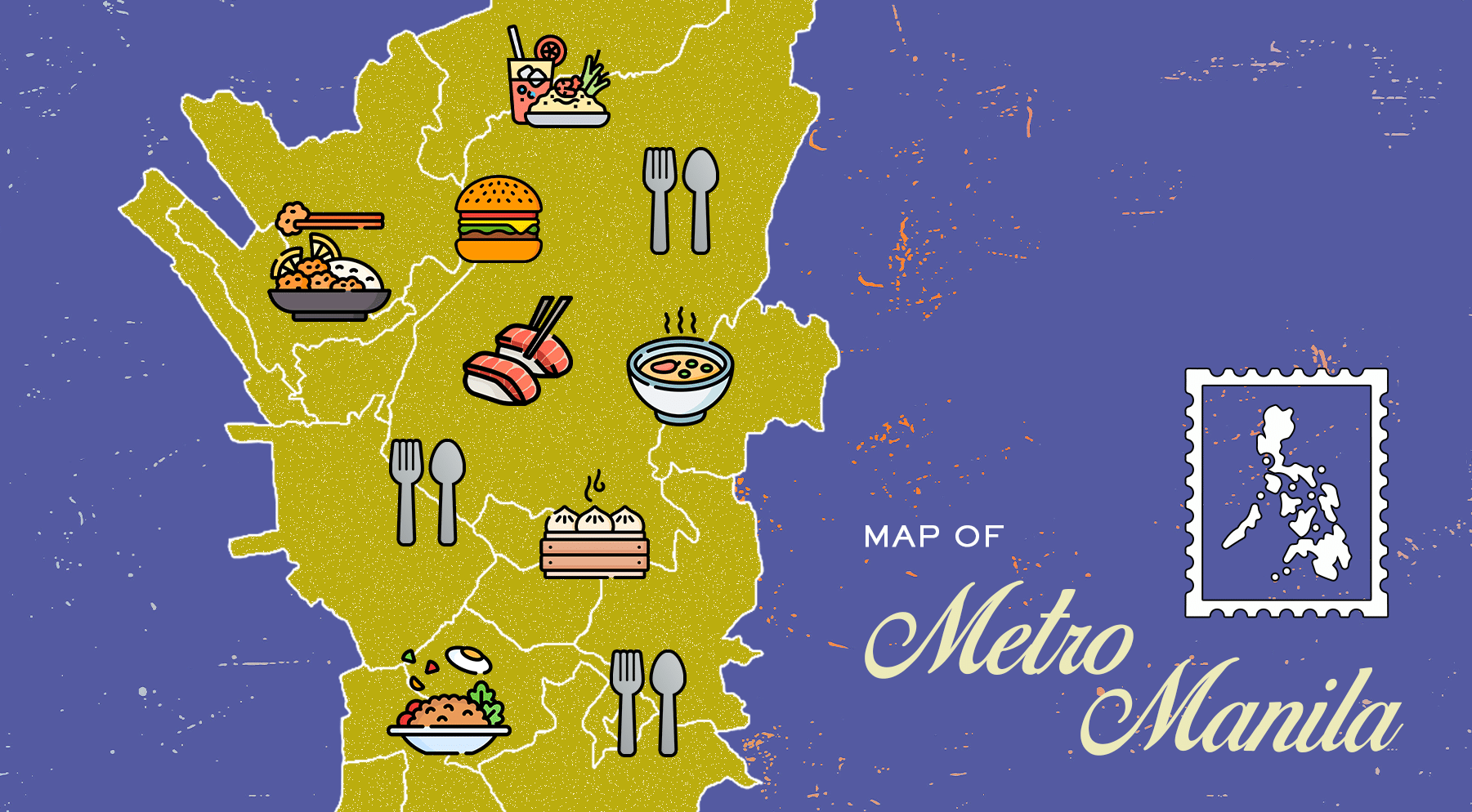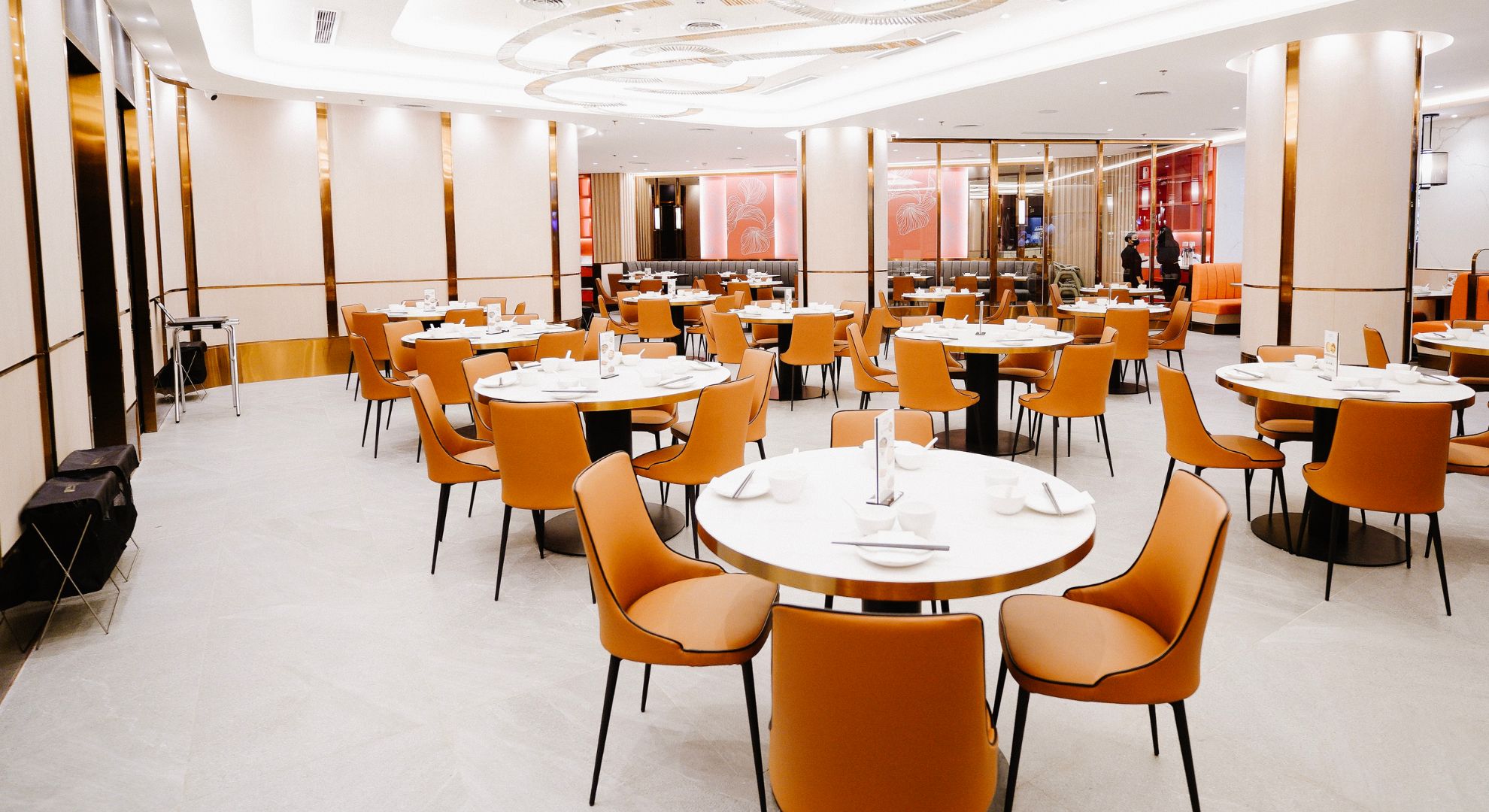What started as a viral tweet recently sparked heated debate about local brands overpricing their products, especially of the artisanal kind.
The product that specifically garnered outrage was Bahay Kubo’s The Bahay Collection—five hair scrunchies in mulberry silk and one headband by half-Filipina model Christina Nadin. The collection goes for upwards of $200 (around ₱11,400), with just $1 going to the nonprofit Lokal Lab in Siargao.
The brand also has a significant following on Instagram. With one scrunchie costing more than the Philippine daily minimum wage, the brand’s premium pricing and marketing primarily in English suggests a target audience with a higher spending power—either overseas consumers or affluent Filipinos—using a symbolic Filipino cultural symbol.
The post on X, which garnered millions of views and thousands of reactions, touched a nerve in the local market. One user also listed what they called “overpricing indicators” for homegrown businesses.
inalis ko na name ng brand baka mag jailtime si bakla https://t.co/VUS0sPRqe1 pic.twitter.com/Q2nVfgasxd
— 🐇 (@starboyabunda) May 17, 2025
While the debate isn’t new, it’s becoming more pronounced as Filipino consumers choose to turn to homegrown brands while grappling with day-to-day economic pressures like inflation.
So are all local brands overpriced? Some may agree, while others assert that you’re paying for the process, not just the product, and could support the local economy in turn.
Here, several industry stakeholders shed light on the local business ecosystem: Co-founders Noelle Lejano and Ryan Danao of the local fragrance store Guava Smells discuss whether local brands are overpricing, as they share what goes into creating a product from scratch; a representative of the provincial government of Kalinga shares insights into the behind-the-scenes world of local production; and finally Lejano’s discussion directly with artisans from the Zapateria shoemakers in Marikina reveals the perspective of well-treated artisans.
The challenges of economic scale
Unlike mass-produced international goods that benefit from economies of a large scale (think the cheap and easy Shopee and Lazada purchases), local brands often operate under more microcircumstances, with a final price tag that carries nuances under the numbers.
“People often overlook the layers that go into creating a thoughtfully-made product,” explains Lejano. “Beyond the visible output, there are countless hours spent on research and design, sourcing the right suppliers, covering fair labor costs, investing in quality materials and packaging, and accounting for inevitable challenges like damages or delays.”
READ: Do private auctions and collections negatively impact art and cultural preservation?
Small-batch production, while allowing for greater quality control, costs more per unit than mass production. A local studio producing 50 pieces will have higher per-unit costs than a factory producing 50,000 of the same item. On the other hand, big, international brands have the advantage of massive production volumes, established supply chains, and distribution networks that local brands simply cannot match.
Guava Smells’ own full-bodied, unisex fragrances are on a far more affordable scale, with colognes starting at ₱520. “We believed in our product so much that we know we can compete with top fragrance brands,” Danao explains. “But we also wanted to share our product with as many people as we could.”
What the artisans say
Going straight to the artisans themselves hints at the reality behind these pricing structures.
Eddie San Andres, who has been making shoes for 40 years at the Zapateria shoemaking studio in Marikina, explains the labor-intensive process. “Merong madali na mga gawa ngayon, hindi katulad ng araw na puro hiwa ka ng hiwa. Pero ’yung pagmamokmok, manual ’yan. ’Yan din ang pinakamahirap sa lahat.”
Ester Sta. Ana, an upper maker at Zapateria who has been making shoes for more than 50 years, continuously expresses admiration for her craft and the brand.
Sta. Ana explains the quality difference when comparing local brands to bigger manufacturers. “Kasi, mahanap ’yung ibang tao ng quality ng sapatos tsaka comportable sa paa. Ang Zapateria ay gumagawa ng ganun.”
READ: Zapateria makes the shoe that fits
Lorraine A. Ngao-i, tourism officer at the Provincial Government of Kalinga who recently helped publish a government book on the variety of Kalinga weaving, addresses the overpricing debate directly in the context of Kalingan products.
“Regarding overpricing of locally made Kalinga brands, it is not necessarily overpriced as woven products may vary depending on several key factors like place of selling, cost of raw materials, labor and time, packaging, and ordering process,” Ngao-i says. “Besides, Kalinga weaving is handmade and culturally inclined, hence the difference in prices from that of machine-made textiles.”
Pricing and target market issues
A phrase that has frequently surfaced in this debate on local brands overpricing is, “If you can’t afford it, you’re not the target market.” While seemingly logical from a business perspective, the statement carries troubling implications.
“I feel like this phrase definitely hurts the conversation around supporting local,” says Danao. “We can’t expect our local brands to flourish if we target one percent of the population. Supporting local to us is about challenging the idea that good products are only for a select few.”
While many homegrown businesses want to serve as wide a market as possible, making sure their operations are viable and their workers fairly compensated, this balance is particularly difficult in the Philippine market.
READ: In Boracay, high-level hospitality is ‘not a sprint, but a marathon’
In 2022, the World Bank reported that the Philippines ranked 15th out of 63 countries in terms of income inequality. With this, price sensitivity can vary dramatically across consumer segments. An accessibly priced product for middle-class consumers would be inaccessible for a minimum-wage earner. Yet pricing for a broader market may compromise the ability to pay fair wages or maintain quality standards.
“We actually struggled with defining our price points and have adjusted them a few times since our initial launch,” Lejano admits. “At the end of the day, it really boiled down to three things: how much we value our product, how much we value our people, and how much we value ourselves… Every step takes time, care, and a lot more effort than people usually see.”
While some consumers might have had negative experiences with overpriced, under-delivering local products, this has created skepticism toward higher-priced homegrown brands in general. But painting all local brands with the same brush overlooks businesses that have invested in their product, from demanding research and mindful production to fair wages.
***
So, where does that leave the pricing debate?
The solution may neither be eliminating higher-priced local products nor accepting steep, inflated costs without question (like $200 scrunchies). But rather understanding the value behind both brands and buyers.
For local brands, this could mean greater efforts for transparency about what drives their pricing in terms of materials, labor, and logistics. For buyers, it’s looking beyond price alone to both consider and research how it’s made, where it’s sourced, and where the local product in question truly contributes meaningfully to the broader local economy.








































